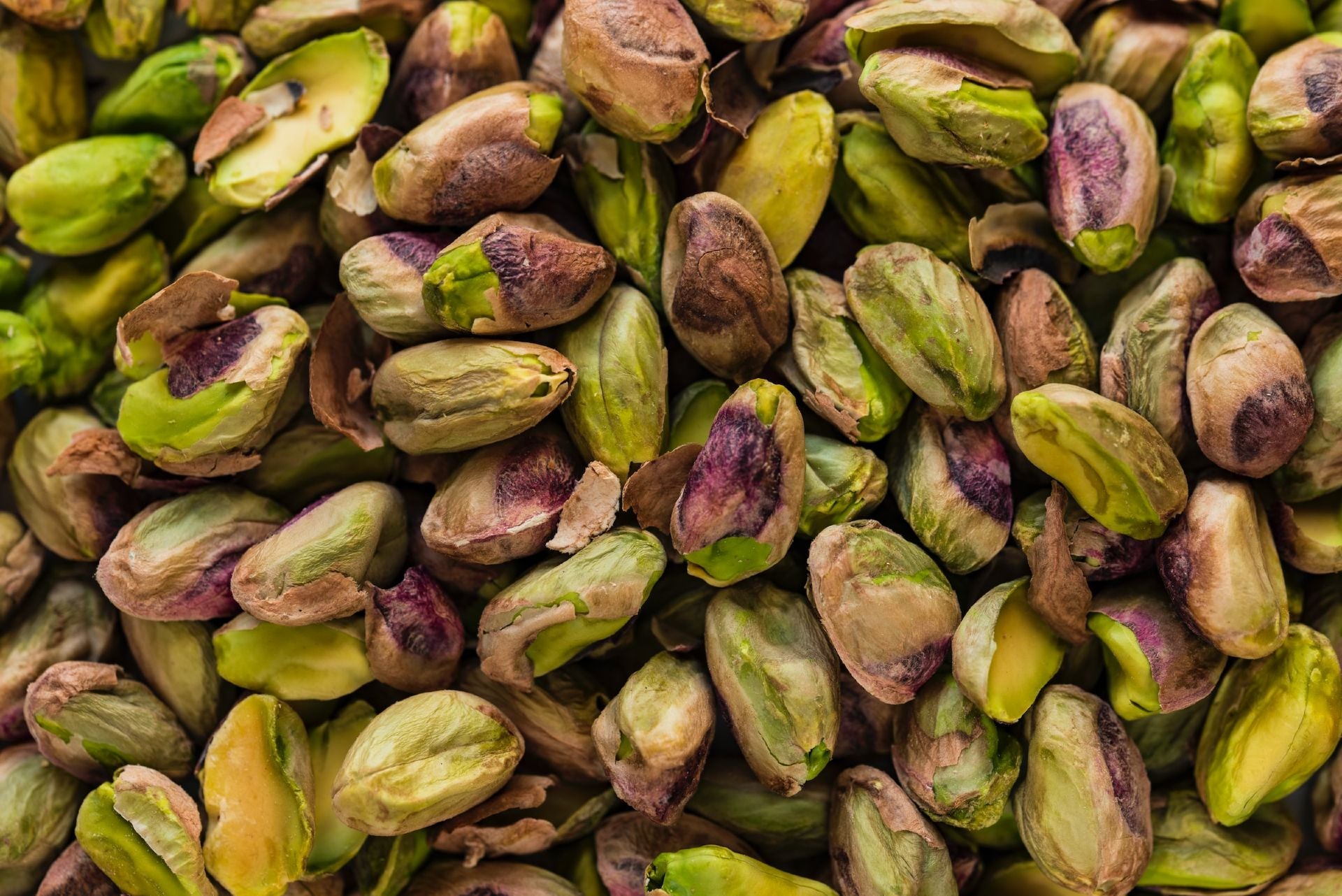Nuts come in so many different varieties, shapes, textures, aromas and with different nutritional benefits. Not only can you snack on fresh, dried, toasted or roasted nuts, they're also suited to any number of sweet and savoury recipes.
From adding crunch to salads and sweets, to infusing baked food with delicate nutty aromas, to making sweet milks, nuts are so versatile, it's worth exploring their culinary potential and maximising their health benefits.
Below, we take a look at 10 of the most popular types of nuts.
Walnuts
These nutritional powerhouses are a great source of healthy fats, fibre, vitamins and minerals, they're also rich in antioxidants. What's more, walnuts are extremely versatile and can add extra crunch and boost the nutritional content of both sweet and savoury dishes, from salads and side dishes, to casseroles and stews.
The California Walnut Board recommend storing walnuts in the freezer to keep them at their best for longer.


















